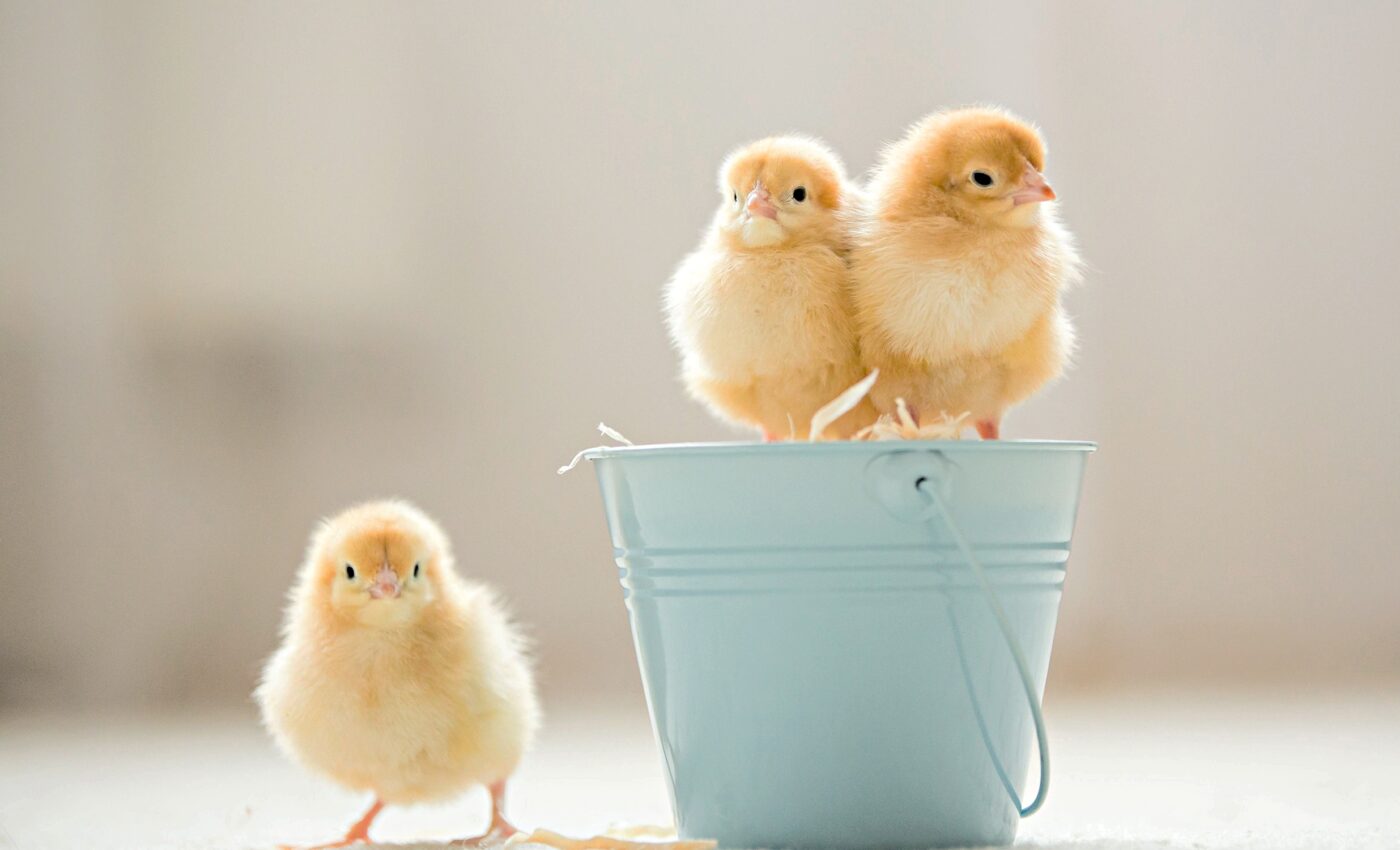
Chicks can identify an object just by touching it, even in the dark
A recent study has shifted the paradigm of how we understand the interconnectedness of our senses. At the heart of this discovery are chicks. These young birds have illuminated a path previously veiled in mystery, demonstrating an extraordinary ability to bridge the gap between touch and sight.
A diligent team at Queen Mary University of London has not only answered a philosophical question centuries in the making but also redefined our grasp of sensory development.
Chicks answer the Molyneux’s Problem
Imagine this: you’re born blind. The world is a symphony of textures, sounds, and smells. You learn to navigate by touch, to picture the objects around you by their feel.
A teacup is a smooth cylinder, warm beneath your fingertips. A cat is a wriggling bundle of soft fur. You become so good at understanding shapes through touch that you could tell a cube from a pyramid with your hands tied.
Then, one miraculous day, your sight is restored. The world explodes into color and light. Could you look at a teacup and instantly know what it is, even though you’ve only “seen” it through touch? What about the cat you always stroked on your lap?
This is Molyneux’s Problem – a thought experiment posed in 1688 that has haunted the minds of philosophers and scientists ever since. It forces us to confront the very nature of how we learn and how our brains weave together the information from our different senses.
Now, thanks to the inquisitive scientists and a bunch of fuzzy chicks, we might be a step closer to the answer.
Chicks and sensory perception
Dr. Elisabetta Versace is fascinated by how young animals (including humans) build their understanding of the world. At Queen Mary University of London, she leads a team that’s determined to crack the secrets of sensory perception. Her interest in Molyneux’s Problem led to a remarkable idea: Why not use newly hatched chicks?
“Unlike humans and other mammals, chicks hatch with developed sensory systems. This allowed us to raise them in darkness and expose them to either a smooth or bumpy object for the first 24 hours of their lives—their first-ever tactile experience,” explained Dr. Versace.
Baby chicks touching objects
The experiment itself was brilliantly simple. After hatching, some chicks were kept in darkness – only able to touch a smooth object using their beaks and feet. Others were given a smooth and bumpy object to investigate.
After a full day of this tactile exploration, the lights came on. Lying before the chicks were two new objects, one smooth and one bumpy. Would they show a preference, and if so, what would it tell us?
Incredibly, the chicks who had explored a smooth object with their touch showed a strong preference for the smooth object they now could see. The same was true for the “bumpy” chicks.
Dr. Versace was amazed: “This finding contradicts traditional theories. It suggests our brains are pre-wired to make connections between different senses, even before we have ever used them together.”
Significance of chicks remembering their touch
Traditionally, we believed that babies, both human and animal, learn to connect their senses through experience. Imagine seeing a dog, petting its soft fur, and hearing its playful bark.
Over time, these individual experiences combine to form a unified mental image of the dog. However, these chicks defied this notion entirely.
They exhibited a remarkable ability – cross-modal perception. This means their brains could inherently link touch with sight, even without any prior experience of seeing the object they’d touched.
This suggests that there might be deeper, pre-wired connections between our senses than we ever imagined.
Broader implications beyond touch
This intriguing chick study sparks an exciting cascade of questions about the interplay between our senses. While its focus was on the connection between touch and sight, its implications could ripple across our entire sensory landscape.
Let’s consider taste and smell. These two senses are intimately entwined, often working so closely that we struggle to tell them apart. Think of how a stuffy nose dulls your appreciation of food.
Could it be that our brains are also pre-wired to link certain textures we feel with our mouths to specific tastes or aromas? Might there be an innate connection that lets us instantly anticipate the sweetness of a smooth berry or the tartness of a spiky fruit, even before taking a bite?
Now, imagine the world of sound. We instinctively understand that certain sounds suggest specific textures or visuals. The crackle of a campfire evokes images of flickering flames and the rough feel of wood. The soft patter of rain might bring to mind a smooth, wet windowpane.
Could this seamless integration of sound, touch, and sight also stem from deep, pre-programmed connections within our brains?
While these are mere speculations, the chick study forces us to reconsider the boundaries we’ve traditionally placed between our senses. Perhaps they are far more intertwined from the very beginning than we ever suspected.
Future directions
This basic science discovery has the potential to lead in numerous directions. It could possibly pave the way for better treatment of sensory disorders – ways to help people born blind more easily integrate their restored vision, for instance. But let’s get a bit bolder.
Could this knowledge one day make “sensory translation” possible – machines that let you directly experience someone else’s sense of touch or taste? It’s the kind of thing that used to be pure science fiction, but now, thanks to some clever little chicks, it seems a bit more realistic.
The study is published in the journal Biology Letters.
—–
Like what you read? Subscribe to our newsletter for engaging articles, exclusive content, and the latest updates.
Check us out on EarthSnap, a free app brought to you by Eric Ralls and Earth.com.
—–













